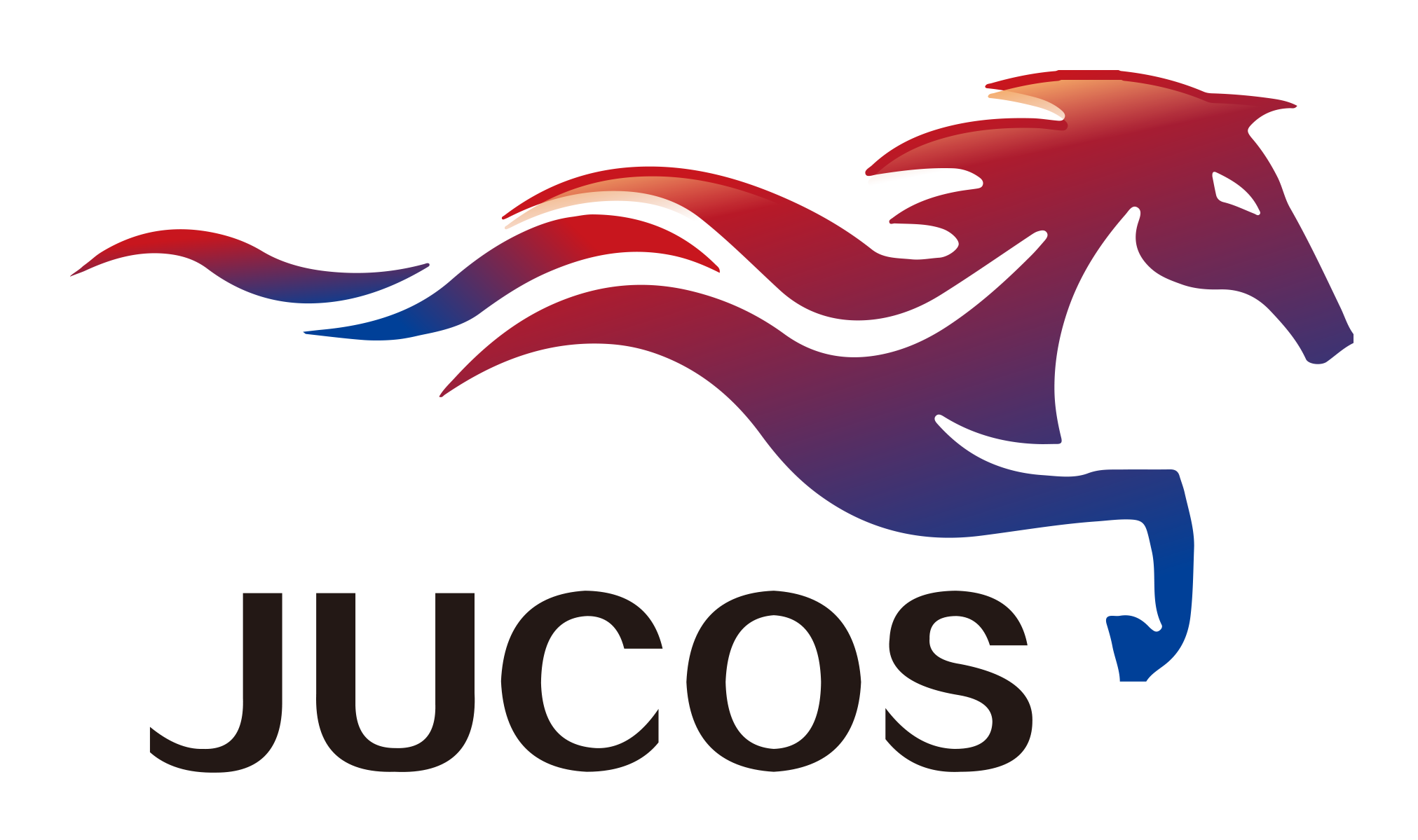Corrosion and Protection of Magnesium and Magnesium Alloys
The corrosion problem of magnesium and magnesium alloys has long limited the application in practical engineering. Developing suitable protective measures and making them "tested" in a specific environment is an important topic for expanding product applications.
1. Basic characteristics of corrosion
The standard electrode potential of magnesium is -2.37V, which is 1.93V lower than that of iron and 0.66V lower than that of aluminum, and the electrode potential of magnesium in common media is also very low. The oxide of magnesium is loose and porous, and the oxide layer obtained by magnesium oxidation cannot protect the aluminum substrate to a certain extent like aluminum oxide, so the magnesium alloy is easy to corrode.
2. Influencing factors of corrosion performance
The alloy composition and impurity elements have a significant effect on the corrosion resistance of magnesium alloys. Harmful impurity elements, such as Fe, Ni, Cu and other elements must be strictly controlled during smelting. Fe cannot be dissolved in the magnesium matrix, and can only be distributed in the grain boundary in a free state, thereby reducing the corrosion resistance. When the Fe content is greater than 0.016 mass%, the corrosion rate increases sharply. The microstructure of magnesium alloys also affects the corrosion resistance. It has different corrosion behaviors in different corrosive media. In humid environments, corrosion accelerates with increasing humidity.
3. Basic Types of Corrosion
The corrosion types of magnesium and magnesium alloys include general corrosion, galvanic corrosion, high temperature oxidation, pitting corrosion, crevice corrosion, intergranular corrosion, stress corrosion cracking and corrosion fatigue. Among them, galvanic corrosion, stress corrosion cracking and corrosion fatigue are the common and more harmful corrosion types in applications.
4. Corrosion protection
Avoiding direct contact with corrosive media can prevent the corrosion of magnesium alloys, mainly through surface modification and surface coating. Surface modification mainly includes chemical conversion treatment, electroplating and electroless plating, anodizing and micro-arc oxidation, and laser surface treatment. Surface coatings include metal coatings, organic coatings and special coatings.
Micro-arc oxidation is considered to be one of the most promising surface treatment methods. It can form a ceramic oxide film in situ on the surface of magnesium alloy, which can greatly improve the hardness, wear resistance, corrosion resistance and electrical insulation performance of the surface. The surface treatment method has the characteristics of simple process, high treatment efficiency and no pollution, which meets the development requirements of the current cleaning industry.











